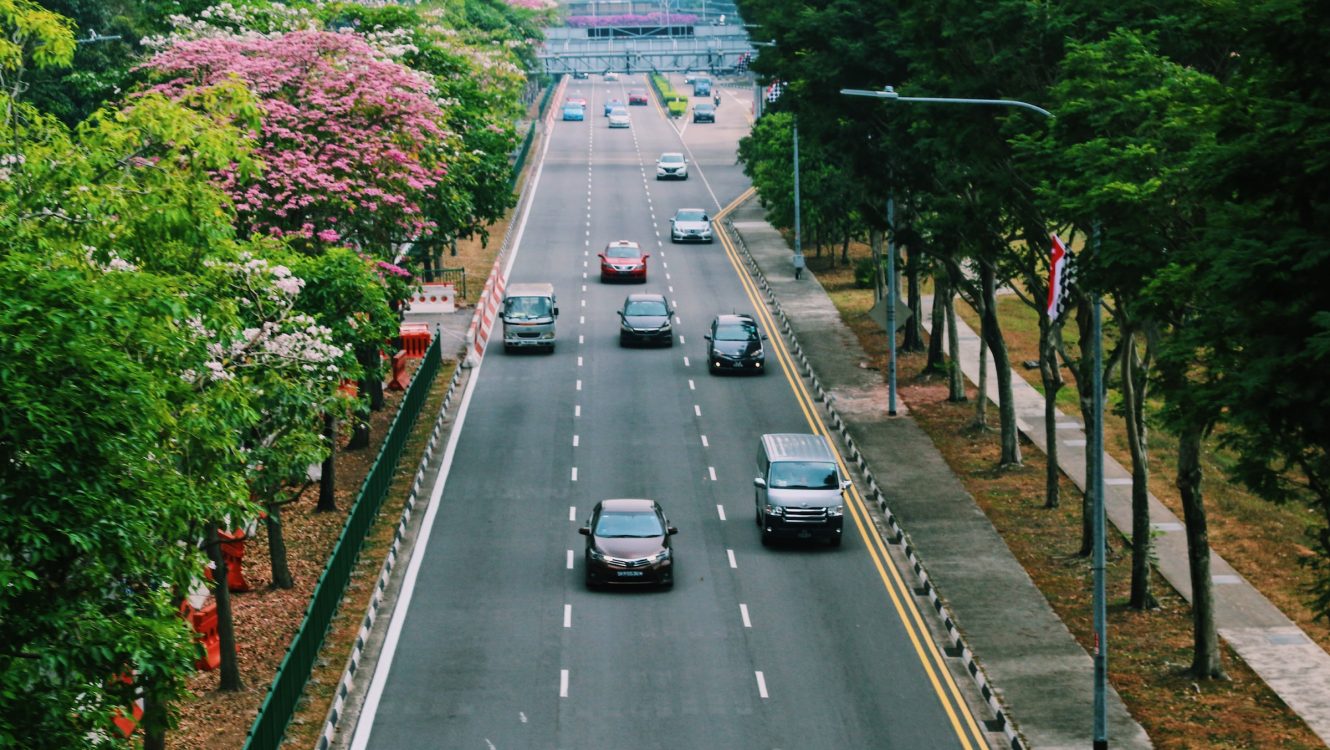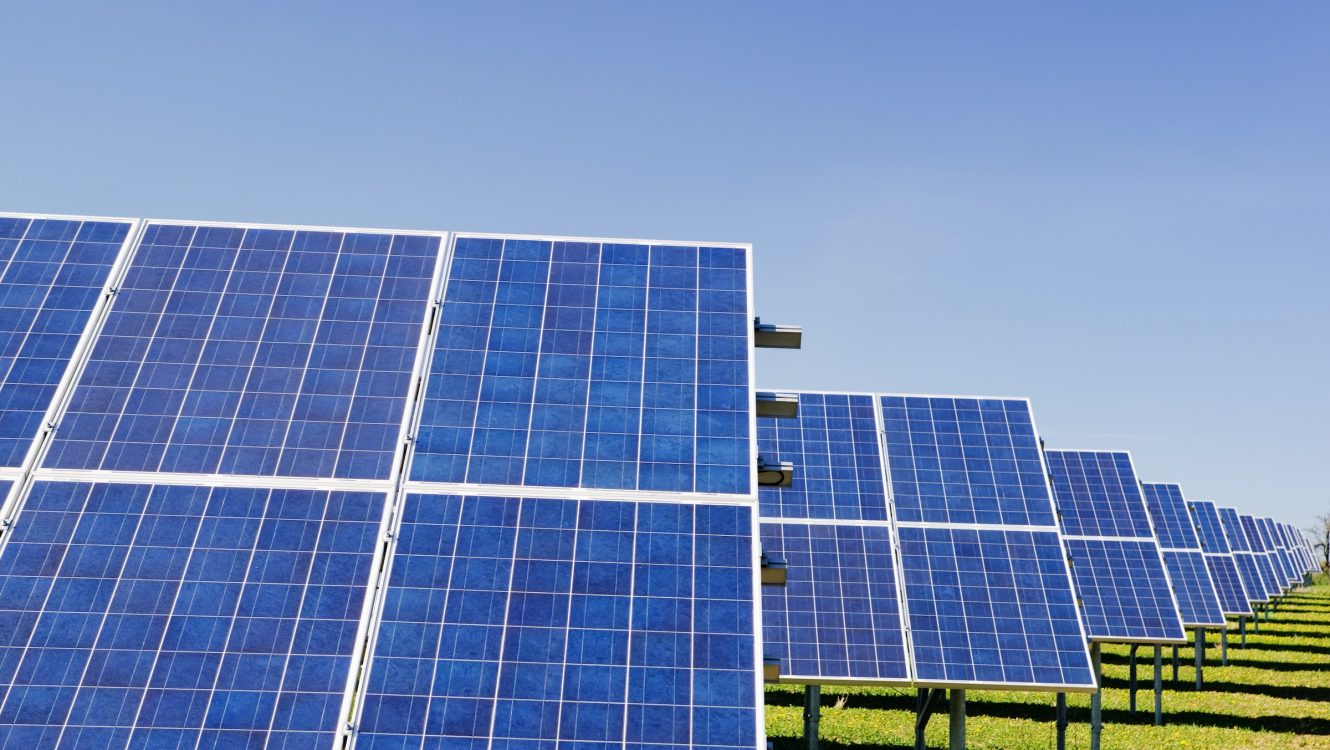The Hidden Environmental Threat: The Devastating Impact of Tyre Dust
As the global community grows increasingly aware of environmental hazards, one microplastic culprit, often overlooked, is coming under the scanner: car tyre dust. Recent research indicates that a staggering 78% of the ocean’s microplastic pollution originates from tyres, as reported by the Pew Charitable Trust in 2020.
While the environmental dangers posed by plastic bottles and straws have dominated headlines, the damage wrought by the 2 billion tyres produced annually is still under-acknowledged. These tyres, predominantly composed of synthetic rubber – essentially a petroleum-based plastic variant – gradually disintegrate as vehicles move, releasing a flood of microplastics into the environment.
Toxic Chemicals: Beyond the Rubber
However, the issue doesn’t stop at microplastics. Fresh studies from Yale Environment 360 spotlight the alarming “chemical cocktail” tyres contain, including harmful heavy metals such as copper, lead, and zinc.
One such chemical, 6PPD, added to tyres to enhance their longevity, was linked to a mass salmon die-off on the US West Coast around twenty years ago. When 6PPD comes into contact with ozone at ground level, it metamorphoses into a range of chemicals, some of which have proven fatal to several fish species.
In a plea to protect the dwindling salmon populations, the Puyallup Tribal Council appealed to the EPA to prohibit the use of 6PPD, highlighting the pressing need to scrutinize car tyre components further.
A Crisis of Unprecedented Scale
With nearly 2 billion tyres produced globally each year, the scope of the problem is monumental. As per data from Emissions Analytics, each kilometre driven results in car tyres releasing 1 trillion ultrafine particles. Alarmingly, these particles are minuscule enough to permeate lung tissue, infiltrate the bloodstream, and even breach the blood-brain barrier. The potential health repercussions of this are both myriad and grave.

Furthermore, in some regions, tyre dust emissions have even surpassed exhaust pipe emissions. The need for regulatory interventions has never been more evident.
Innovative Solutions on the Horizon
As the world grapples with the tyre dust dilemma, innovative solutions are beginning to emerge. Researchers are exploring natural alternatives, like rubber derived from dandelions and soy oil, to mitigate the harmful emissions from tyres. Germany’s Continental Tire Company, for instance, has commenced production of bicycle tyres crafted from dandelion roots, reducing carcinogenic compounds by up to 25%.
On the technological front, The Tyre Collective, a UK-based start-up, has developed a groundbreaking device that harnesses electrostatics and wheel airflow to capture tyre dust right at its source. This dust, once collected, can be repurposed into various rubber products, potentially even new tyres.
Regulation and Future Implications
However, innovation alone won’t suffice. Regulatory measures are imperative. The EU is poised to introduce ‘Euro 7’ standards by 2025, establishing the first-ever global benchmarks for microplastic emissions from tyres and particulate emissions from brakes.
The tyre industry, recognizing the imminent regulatory shifts, is also gearing up for change. The Tire Industry Project, a conglomerate of ten leading tyre manufacturers, is committed to devising a comprehensive strategy to mitigate tyre pollution, encompassing everything from re-engineered tyre designs to reduced emissions.
Conclusion
The tyre dust predicament underscores the broader challenges facing environmental conservation efforts. While it’s evident that radical solutions, both technological and regulatory, are in the offing, collective global action is crucial. Only through a concerted effort can we hope to counteract the insidious threat posed by tyre dust and safeguard our environment for future generations.
©globalgreenhouse.eu





















